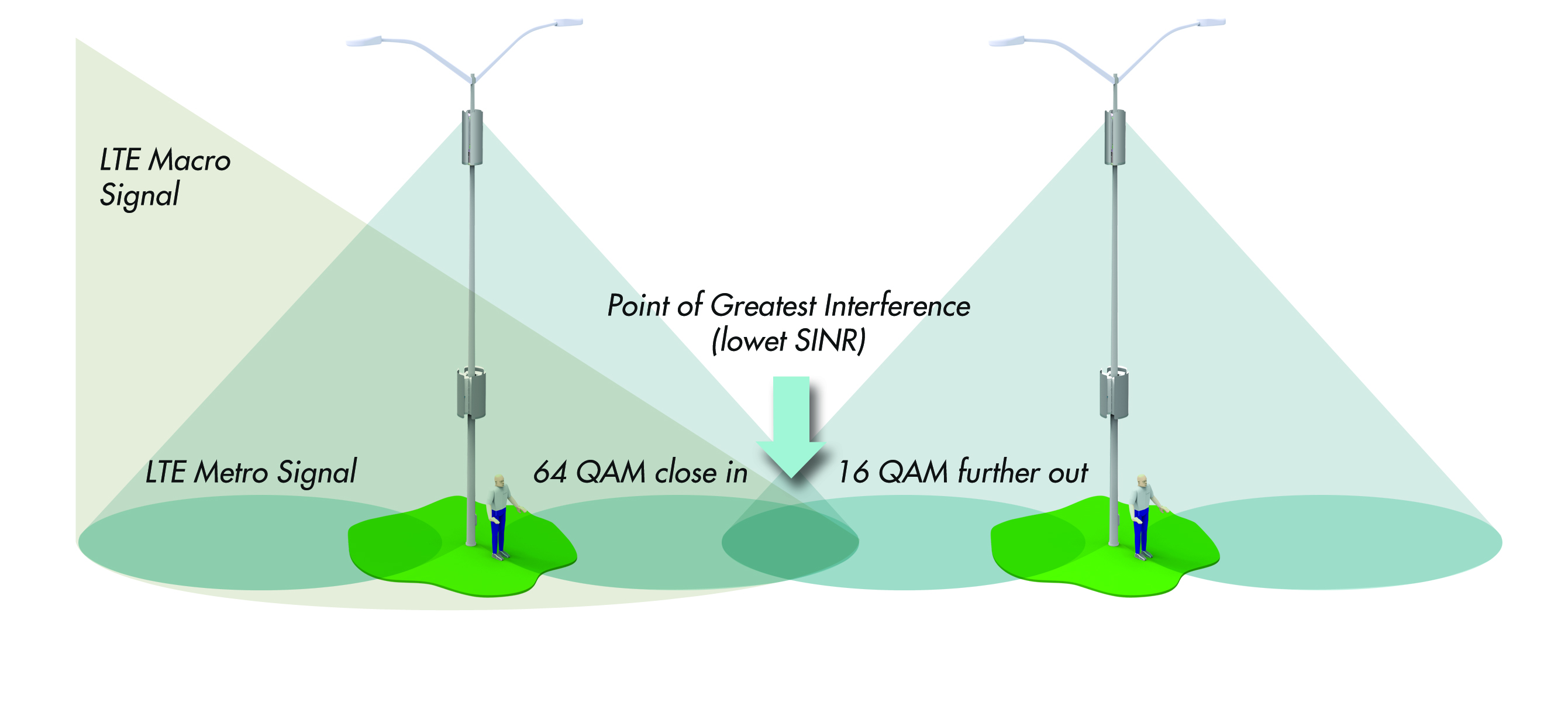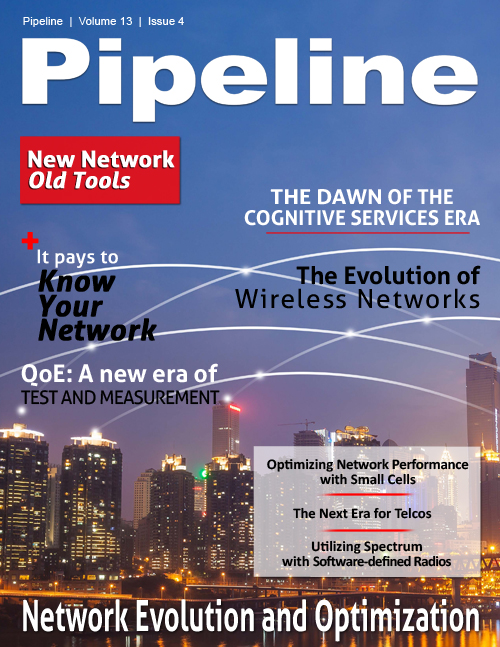Optimizing Network Performance for LTE and Beyond
By: Philip Sorrells
 Densifying macro cellular networks is the most viable and well-proven way to increase overall capacity, but more interference risk is the key challenge to increasing densification. With more
frequency bands and wireless technologies available, more potential arises for intra-cellular interference and passive intermodulation (PIM). Mobile operators need a comprehensive toolkit of
solutions for reducing interference to optimize network performance.
Densifying macro cellular networks is the most viable and well-proven way to increase overall capacity, but more interference risk is the key challenge to increasing densification. With more
frequency bands and wireless technologies available, more potential arises for intra-cellular interference and passive intermodulation (PIM). Mobile operators need a comprehensive toolkit of
solutions for reducing interference to optimize network performance.
Densification comes with interference
The outdoor wireless landscape is changing, and specialized outdoor small cells known as metro cells are playing an increasingly large role. As mobile network operators (MNOs) look to increase capacity in urban hot spots and plug coverage holes—or “not spots”—in their networks, they are turning to metro cells. Small enough to be deployed just about anywhere more network capacity and coverage are needed, metro cells are typically layered onto the macro network to create a relatively new kind of heterogeneous network.
While the use of metro cells will help MNOs satisfy increasing traffic demand in areas where macro base stations are being pushed to their limits, they will also pose new challenges—one of the biggest being how to adequately control the RF footprints of the macro and metro cell sites in order to minimize interference and maximize the operating potential and profit of these networks.
As outdoor deployment of metro cells becomes more pervasive, the likelihood and cost of interference with the macro network increases significantly. This is especially true in LTE networks, where macro and metro cells operate using the same set of frequencies.
When small cells are deployed indoors, MNOs can effectively manage interference using power control and attenuation. When metro cells are used outdoors and become more fully integrated with the macro network, however, metro cell interference becomes more problematic.

Figure 1: In a heterogeneous LTE network, macro cells and metro cells may interfere with each other.
(Source: Figure 2 from Improving Metro Cell Performance white paper.)
In an ideal world, the edge of one metro cell’s coverage area would stop nearly where another cell’s began, minimizing the overlap and potential for interference. This interference is most likely to affect user equipment located close to the cells’ edges. But, as Figure 1 illustrates, the blanket coverage within a macro cell’s radiation pattern often spills into the metro cell’s designated coverage area.
The importance of high signal-to-noise ratios
The difference between useful signal and interference in a network, described as the Signal-to-Noise Ratio (SNR), is a major determining factor in overall network throughput and capacity. As Shannon’s law describes, the level of noise and interference in a wireless network strongly determines the data throughput. Peter Rysavy of Rysavy Research summed it up very well in one of the first widely-distributed technical papers on the subject: “The focus of future technology enhancements should be on improving system performance aspects that improve and maximize the experienced SNRs in the system.”



















